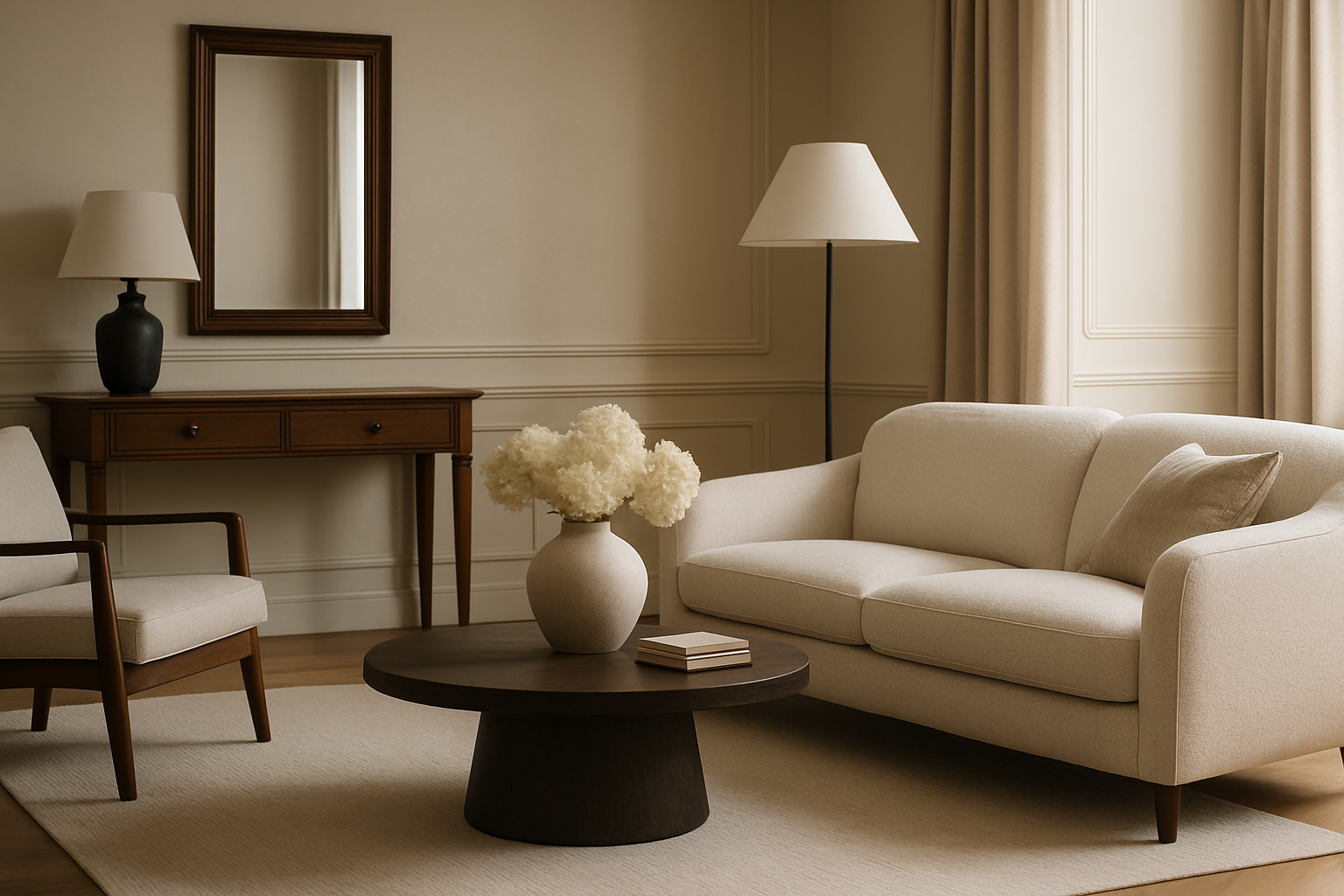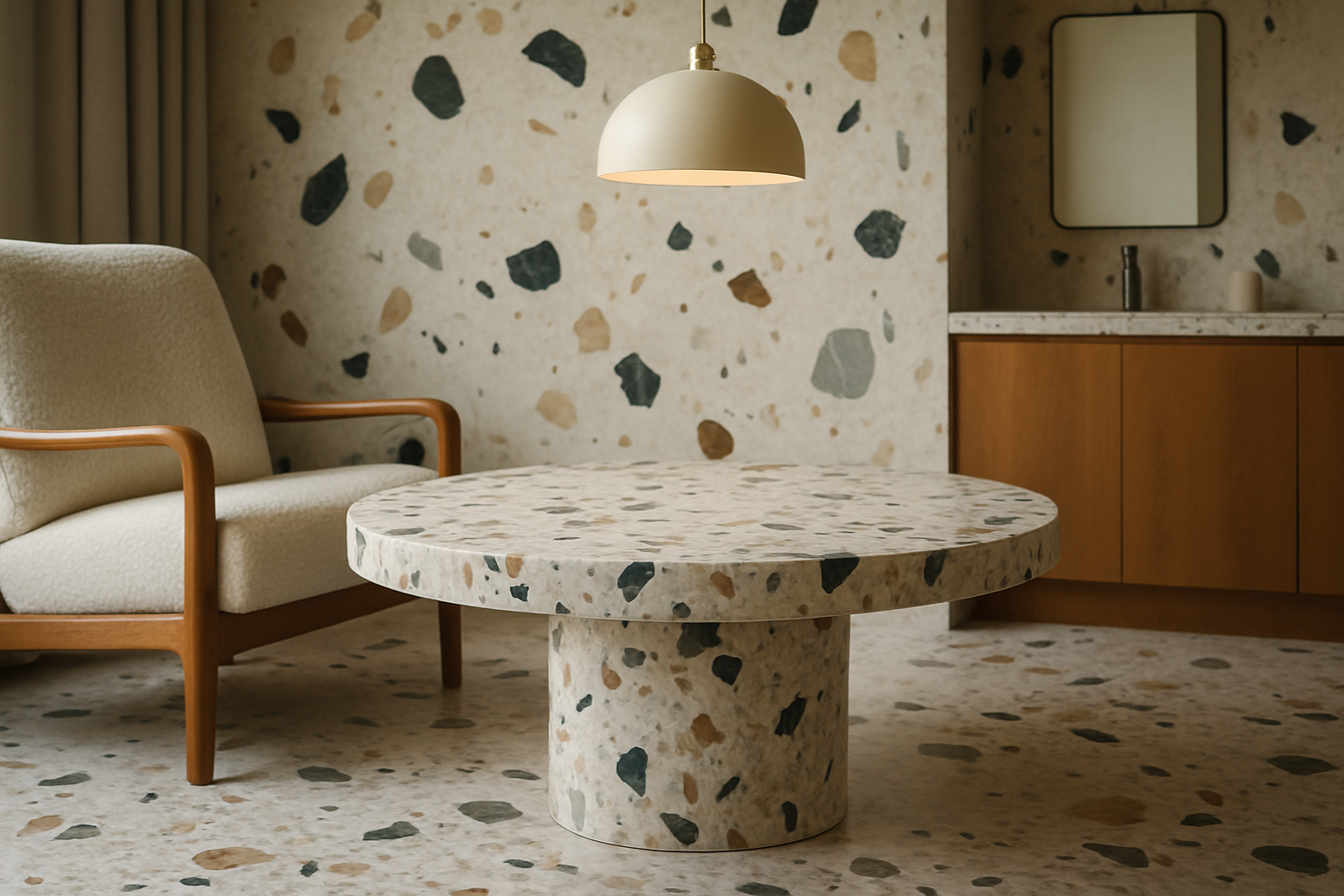"The Fusion of Classic and Modern: Transitional Interior Design"
The world of interior design is constantly evolving, but one trend that has stood the test of time is transitional style—a unique blend of traditional elegance and contemporary simplicity. Let's delve into the history, characteristics, and practicality of this timeless design movement.

A Walk Through Time: The Roots of Transitional Interior Design
Transitional interior design emerged in the late 20th century as a response to the stark contrasts between traditional and contemporary styles. Homeowners sought an aesthetic that combined the comfort and warmth of classic design with the streamlined minimalism of modern trends. Thus, transitional design was born—a perfect blend of old and new, offering a balanced, harmonious look.
The Current Landscape: Transitional Design in Today’s Homes
Transitional design is currently making waves in the interior design industry. Its appeal lies in its flexibility—it can adapt to a range of tastes and preferences. The style maintains a neutral color palette, avoiding the ornate details of traditional design and the bold, sometimes overwhelming, features of contemporary styles.
Practicality and Market Trends: The Appeal of Transitional Design
Transitional design is not just about aesthetics; it’s also a practical choice for many homeowners. The neutral color palette can make small spaces appear larger, while the blend of traditional and modern elements allows for a seamless integration of different furniture and decor pieces. This design style is also gaining popularity in the market, with a surge in demand for transitional furniture and accessories.
The Impact on Daily Living: How Transitional Design Enhances Homes
Transitional design can significantly enhance daily living by creating a warm, inviting atmosphere. The harmonious blend of different design elements promotes a sense of balance and tranquility, crucial for homes that double as workspaces. Additionally, because transitional design incorporates both new and old elements, it allows homeowners to keep cherished pieces while updating their space.
Beyond the Surface: Research-Backed Benefits of Transitional Design
Research has shown that our environment significantly impacts our mood and productivity. Transitional design, with its balanced aesthetics, can create a serene environment that boosts well-being. Moreover, its flexibility enables homeowners to personalize their space, fostering a sense of ownership and satisfaction.
In conclusion, transitional interior design offers a unique balance of classic comfort and modern simplicity. It is a practical and popular choice, enhancing daily living while offering a timeless aesthetic. Whether you’re a seasoned interior designer or a homeowner seeking inspiration, consider the elegance and versatility of transitional design.





